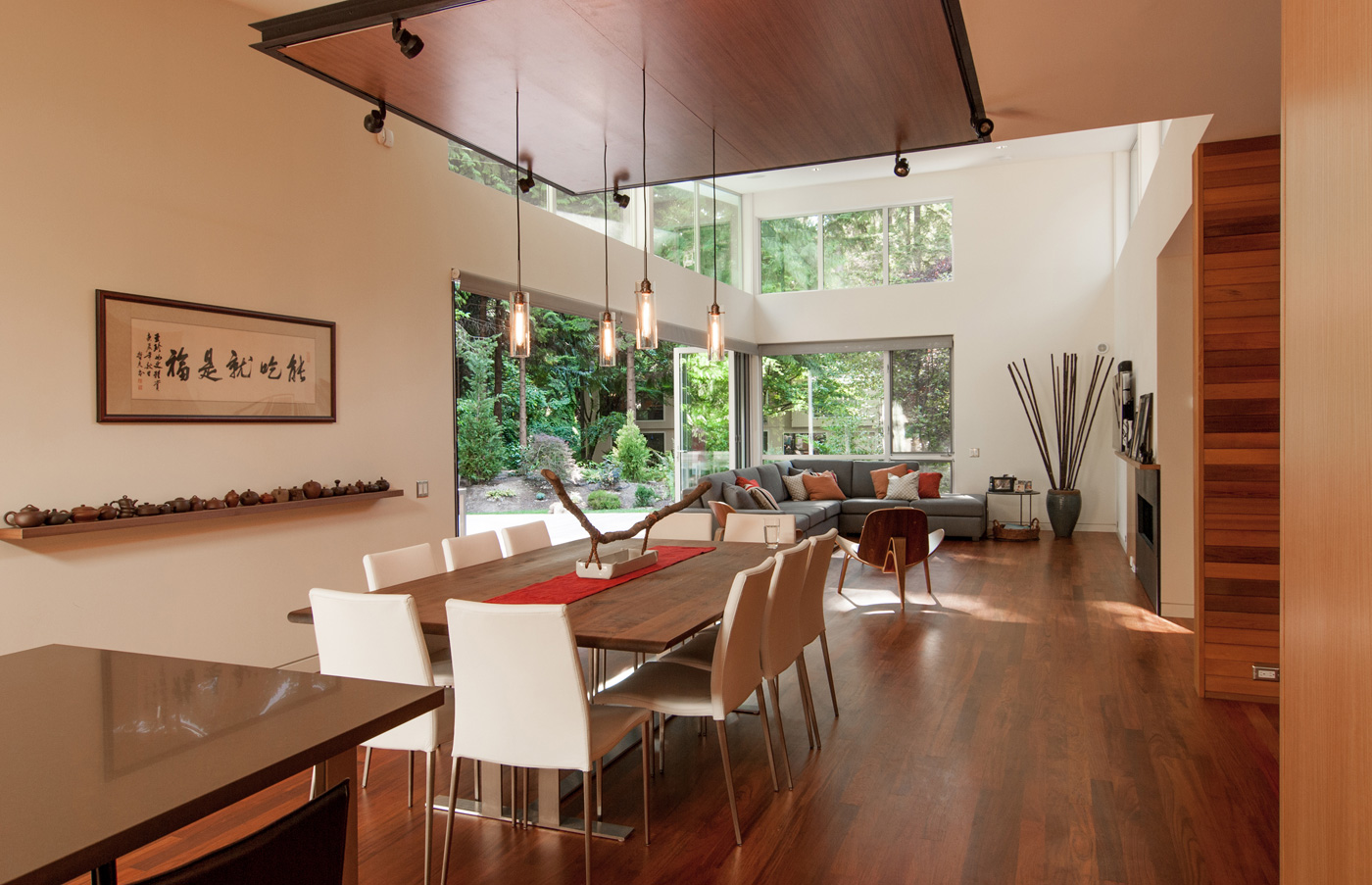
[All images by BUILD LLC]
As architects and builders, we’re typically working on about eight houses at any given time (including the overlapping design, permitting, and construction phases of a project). Because of this, we’re constantly discussing the program, plan, and associated square feet of houses and we feel that we’ve got a pretty solid understanding of the dependencies between these three variables. We’ve noticed that many folks we talk with have a square footage number in mind for their ideal home even though the program for that future home hasn’t been defined. This isn’t necessarily a problem; after all, accurately figuring out the square footage of a project is part of the value architects bring to a project.
Nonetheless, it’s a curiosity where these square footage ideals come from, or why an ideal square footage exists in the first place. Is it the magazines, with their glossy images of high-end residences? Observations from a destination hotel? Home remodeling conversations at dinner parties? We’re not really sure, but one thing has become clear to us: perception of square feet needs to be recalibrated.
In the spirit of fine-tuning the discussion of square footages, we identified several previous projects that are good examples of residential floor plans and provide accurate numbers for comparison. Looking back through our 16 years of residential projects was not only a pleasant tour down memory lane, but it also provided a focus to the study.
First, a few caveats. We’re heading into a conversation around custom designed homes in the Pacific Northwest. In our time as architects, we’ve noticed that these patterns largely hold true in the United States, as well as most countries in the Western world. There are also factors related to how people like to live, how our client’s lives are going to evolve, how real estate is valued, how to aspire to create homes that are sustainable and durable, etc. We’re not engaging in this post to take a stand, per se. We are not here to discuss how to make unconventional homes, nor smaller/smarter/greener homes, nor any other hot design topics being debated. We are also not here to make judgments, but rather to provide a study of the conventional homes we’ve completed, and how the program, plan, and square feet are interdependent.

The study is broken down into two categories: 3 bedroom and 4 bedroom houses, as these are the most commonly designed residences (at least in our portfolio). Each category then includes three project examples. The first example in each category is a BUILD Case Study House. These projects focus on efficient floor plans. The second example is a new home for a client. These floor plans are still efficient but the spaces are a bit more generous given (many of our) client’s desires for spaciousness. The third example is a remodel of an existing mid-century modern residence; these designs focus on effective designs using existing footprints, and interestingly enough, they are the highest square footages in each category.
Although we use bedrooms as one of our primary benchmarks, keep in mind that these are actually very flexible spaces. They are defined as bedrooms as convention — having a certain proportion, a closet, and an egress window — but their uses are many. Beyond bedrooms, many of the third or fourth bedrooms serve as home offices, guest suites, scaled-down mother-in-law units, etc. Should the home ever be sold, these spaces can be marketed as official bedrooms and subsequently retain a higher value.
There are other key drivers in square footage and it’s worth listing out some basic dimensions for the standard functions of a home. Keep in mind that these are simply averages from the single family residences we have designed in the Pacific Northwest and they operate within the bounds of convention. The numbers associated with all possible variations would be an unwieldy study. The list below provides a good feel for how the square feet add up:
- Bedrooms: 14’ x 14’ (~196 SF)
- Bathrooms: 11’ x 5.5’ (60 SF)
- Master suites (includes walk-in closet & bathroom): 24’ x 16’ (~384 SF)
- Kitchens: 16’ x 16’ (~256 SF)
- Living Rooms: 16’ x 18’ (~288 SF)
- Dining Rooms: 11’ x 15’ (~165 SF)
- Utility Rooms: 6’ x 8’ (~48 SF)
- Garages: 20’ x 22’ (~440 SF)
Each project is broken down into a number of important facts as outlined in the key below:
PROJECT NAME
Number of bedrooms and bathrooms
Common Area in square feet (SF)
(This area includes the living room, dining room, kitchen and similar shared areas like rec rooms and is measured to the interior walls. It does not include items like entryways, coat closets, pantries, and powder rooms.)
Total Conditioned Area in square feet (SF)
(This area is measured to the exterior face of walls of each floor, minus stair openings.)
Unconditioned Garage Area in square feet (SF)
Notes: Significant anomalies in the program of the house.
Exterior decks are not included in any of the numbers.
3 BEDROOM HOUSES
CASE STUDY HOUSE 01
Program: 3 bedrooms, 2.5 baths
Common Area: 587 SF
Total Conditioned Area: 1,886 SF
Garage Area: 714 SF
Notes: The master bedroom includes a sitting area and kitchenette, the 3rd floor is a flexible loft space not included in the Common Area calculation above.

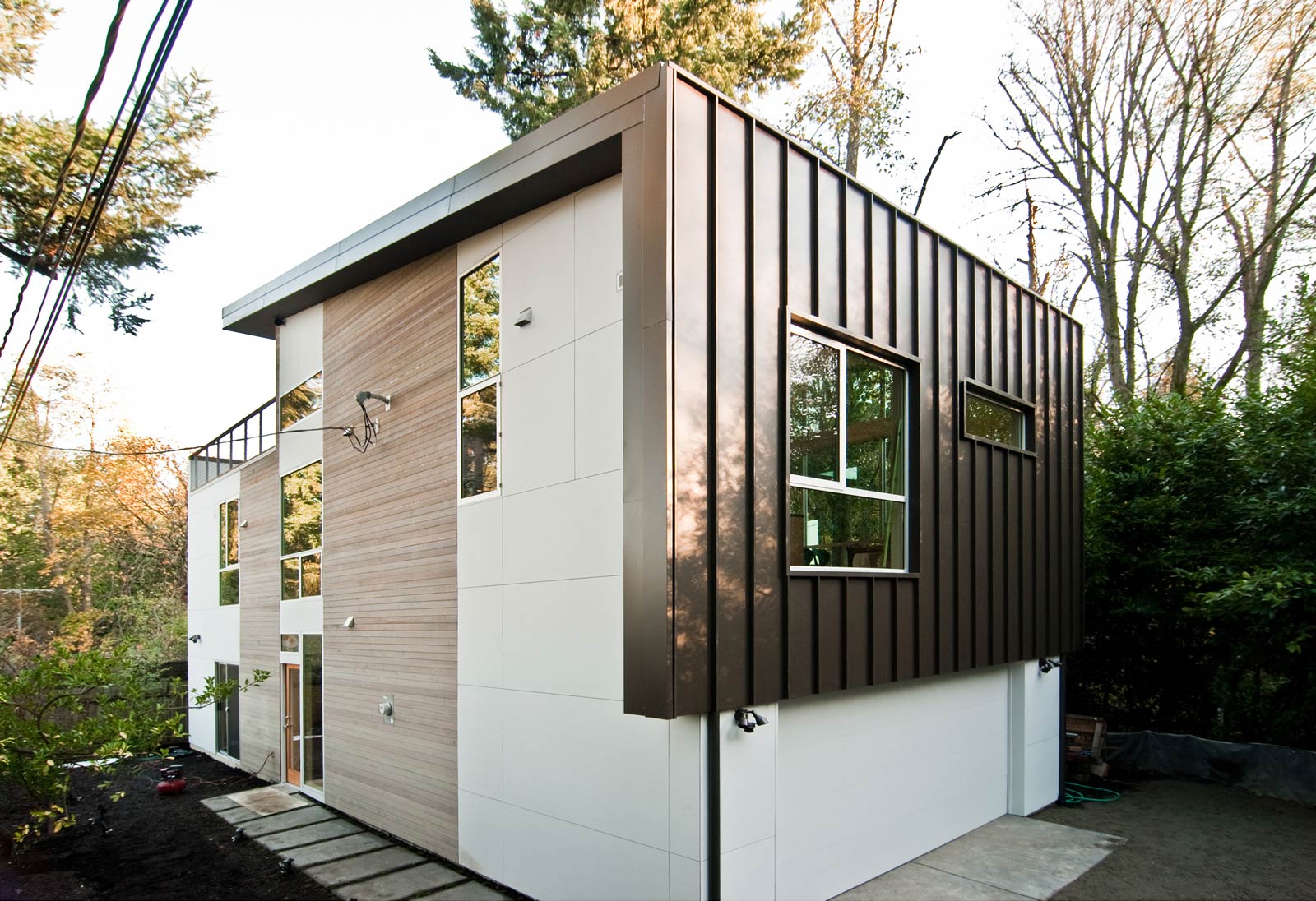
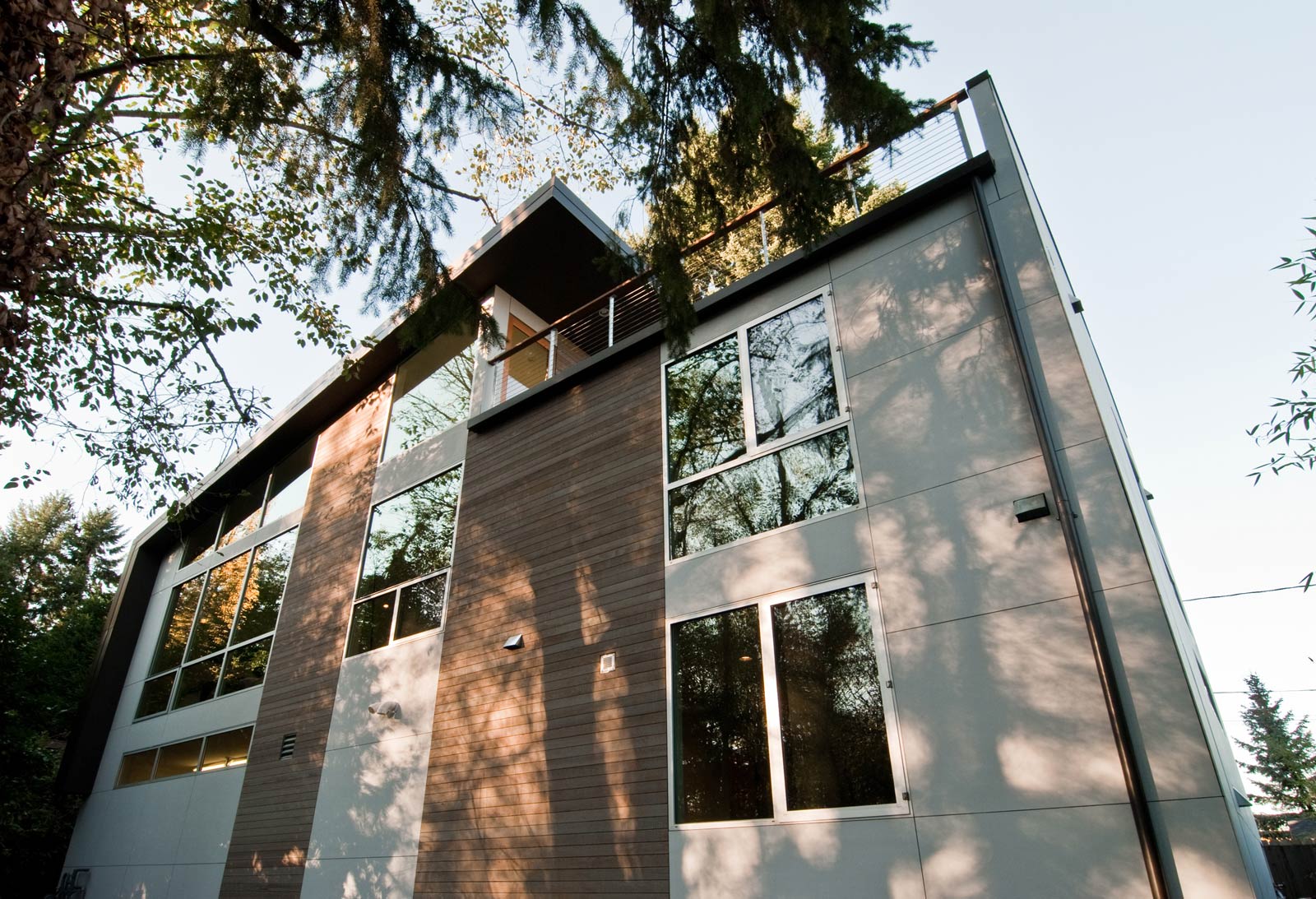
MASSENA RESIDENCE
Program: 3 bedrooms, 2.5 baths
Common Area: 705 SF
Total Conditioned Area: 2,311 SF
Garage Area: 427 SF
Notes: The anomaly about this house is that there are no anomalies.
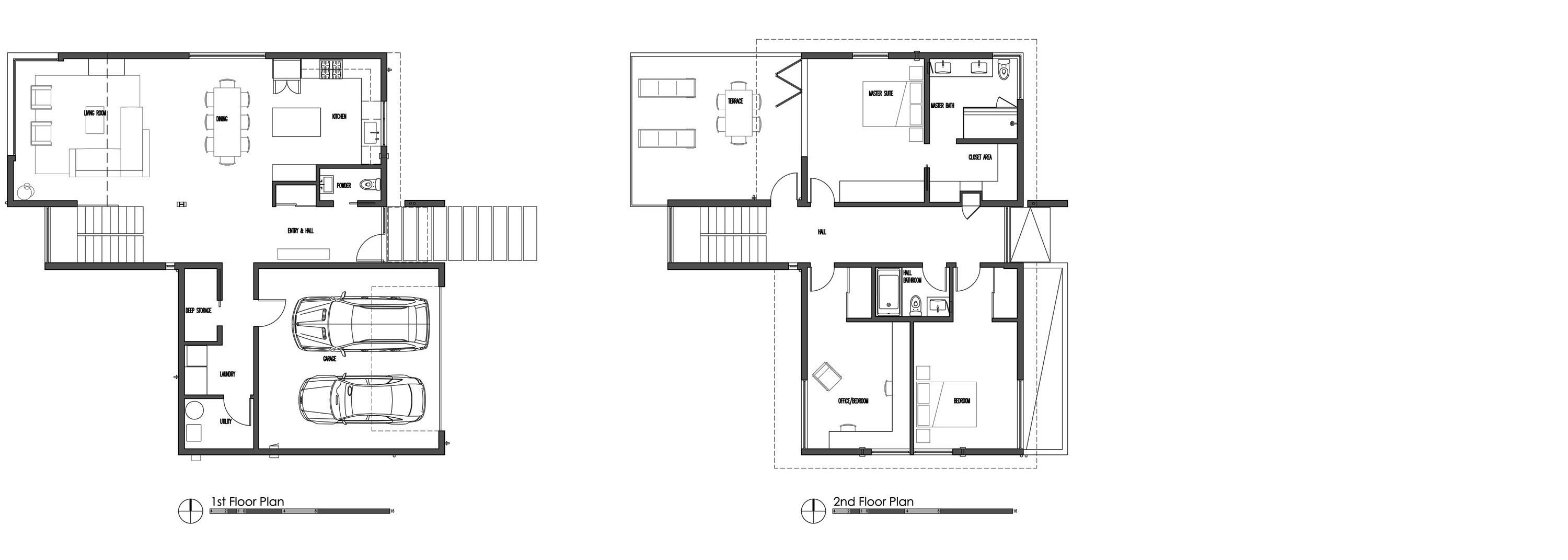
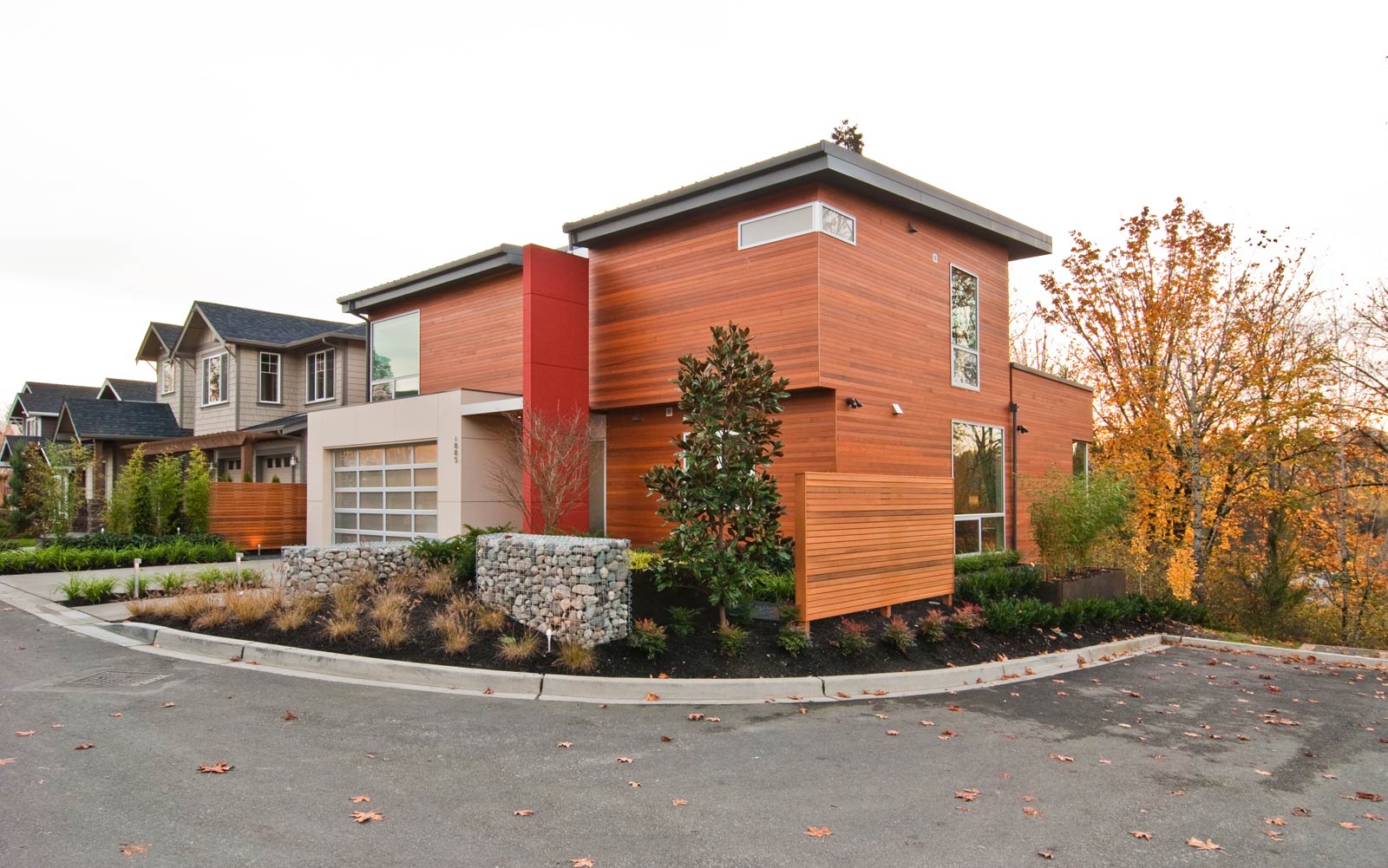
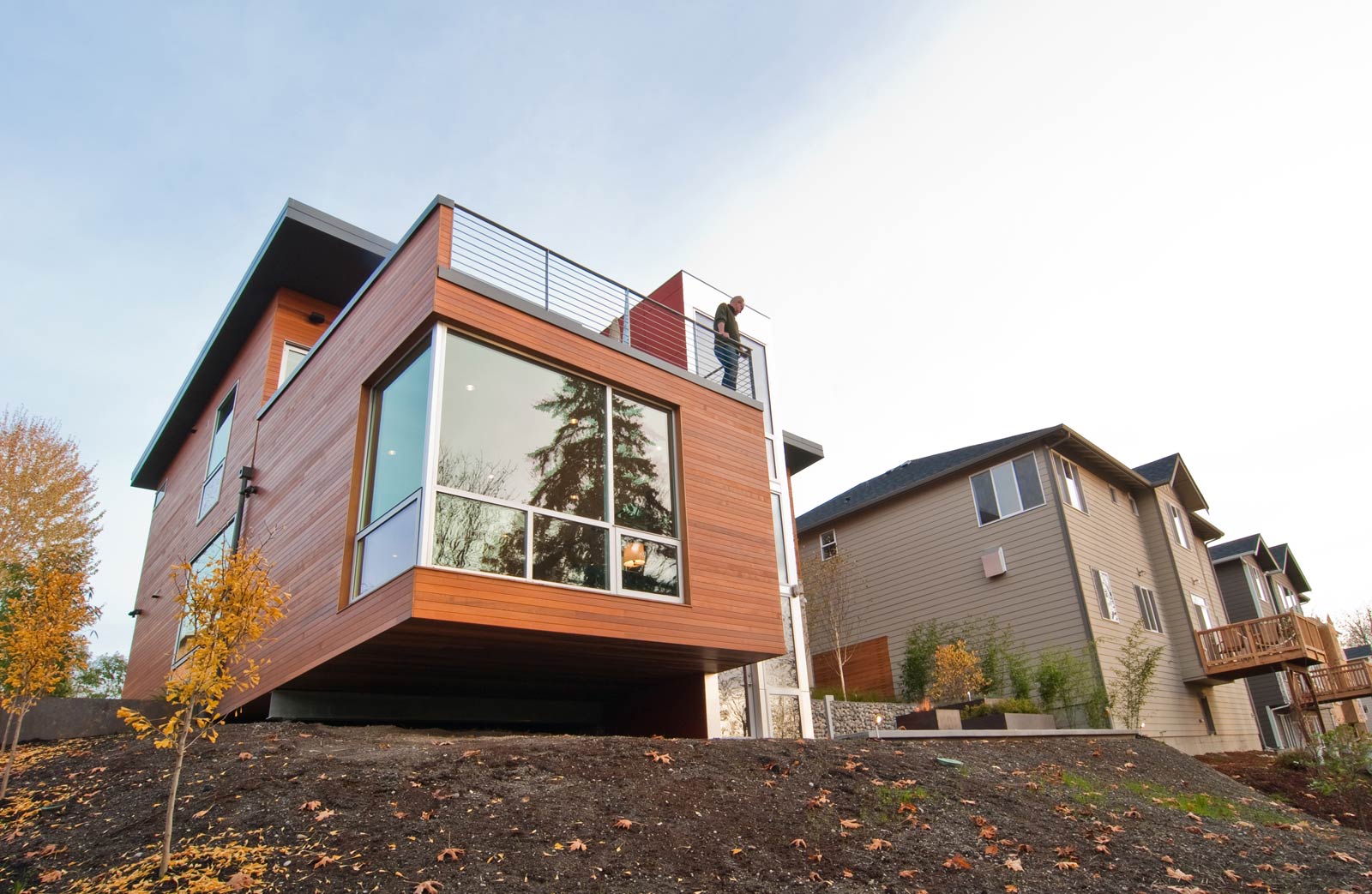
RISLEY MCM REMODEL
Program: 3 bedrooms, 3.5 baths
Common Area: 1,389 SF
Total Conditioned Area: 3,351 SF
Garage Area: 625 SF
Notes: The basement includes a 417 SF Lounge, the basement bedroom includes an office space, the 1st floor includes an 83 SF library.
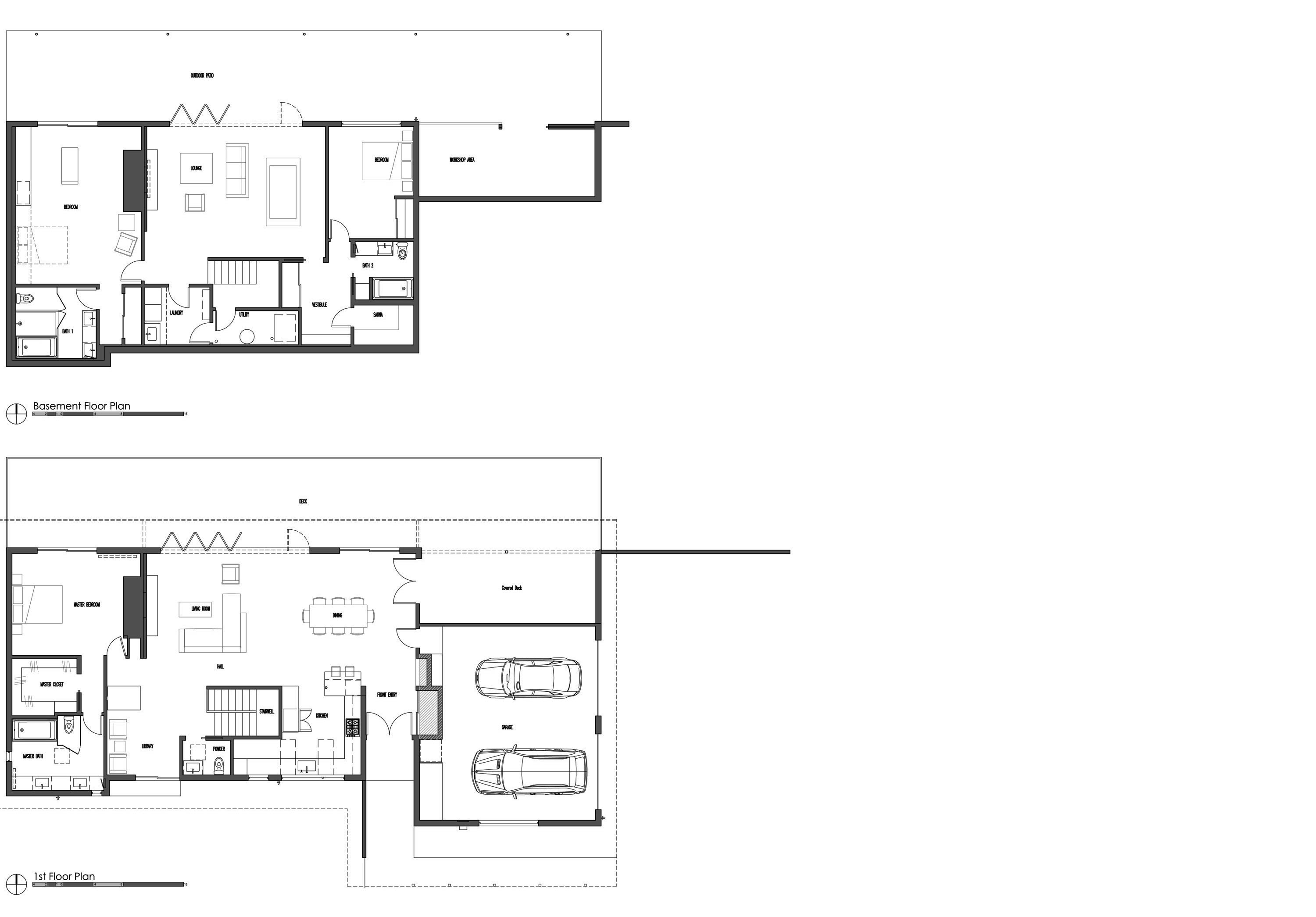
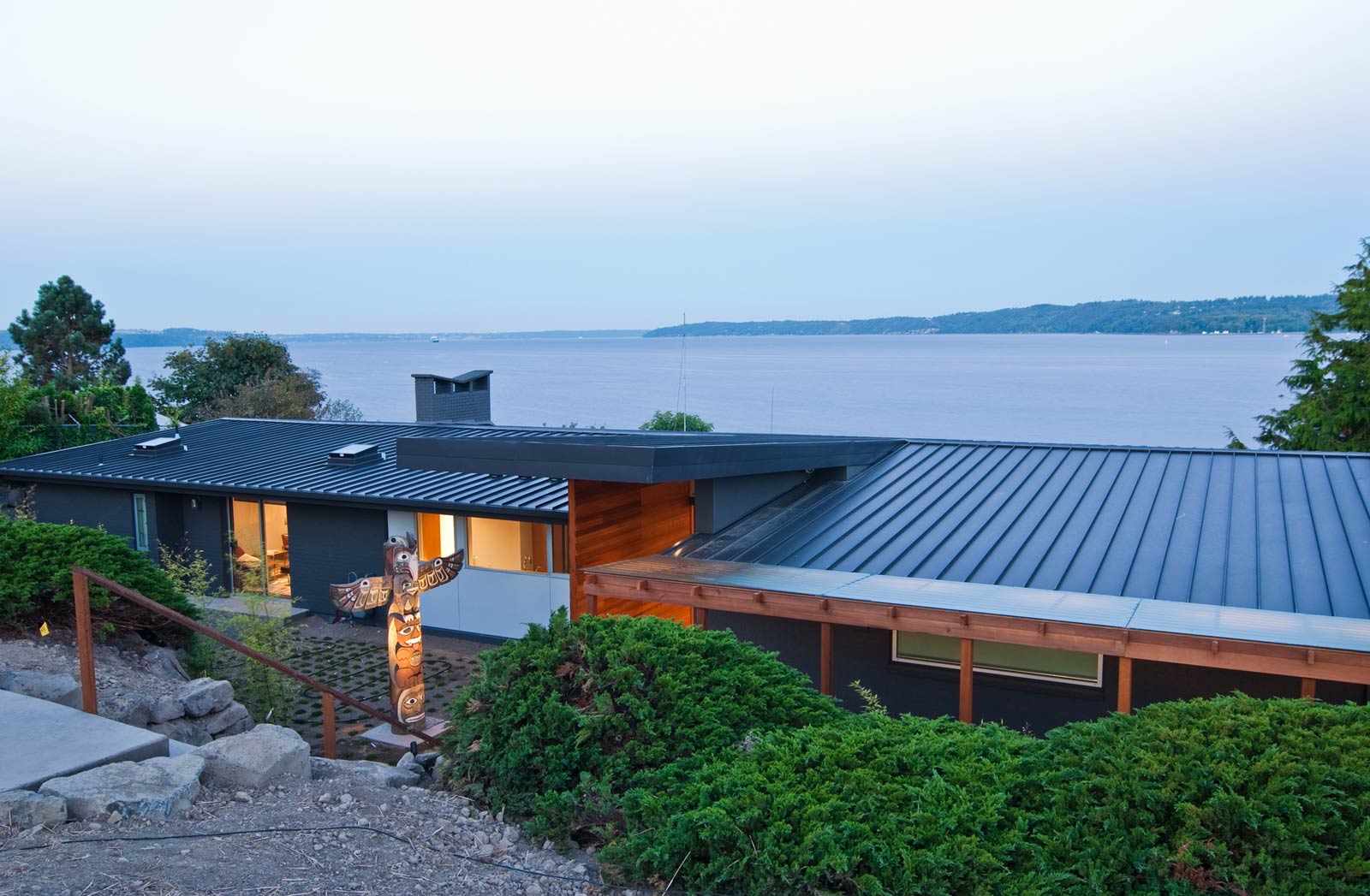
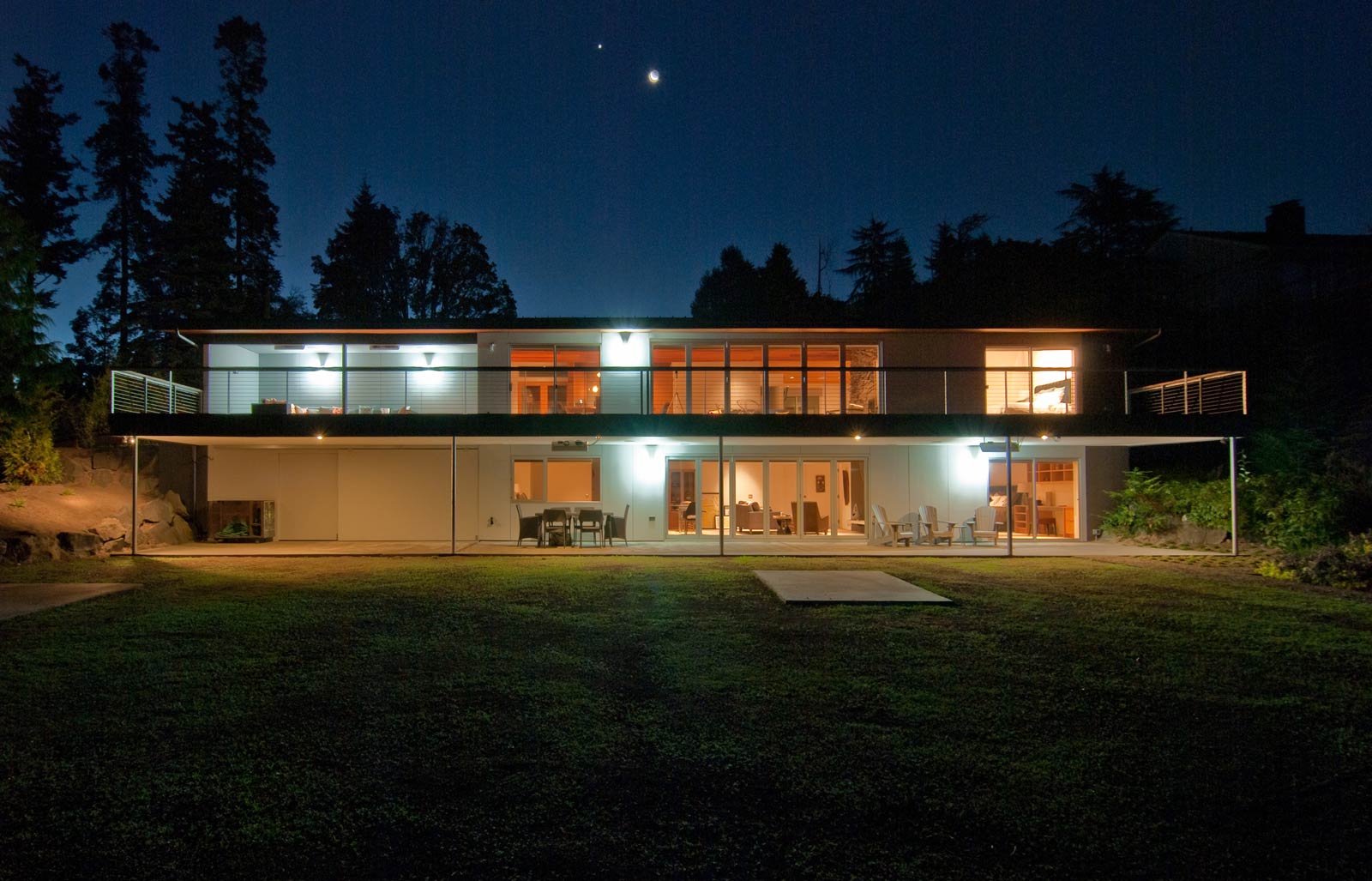
4 BEDROOM HOUSES
CASE STUDY HOUSE 2014
Program: 4 bedrooms, 3.5 baths
Common Area: 863 SF
Total Conditioned Area: 2,916
Garage Area: 577 SF
Notes: The basement includes a 413 SF flex/recreation room.
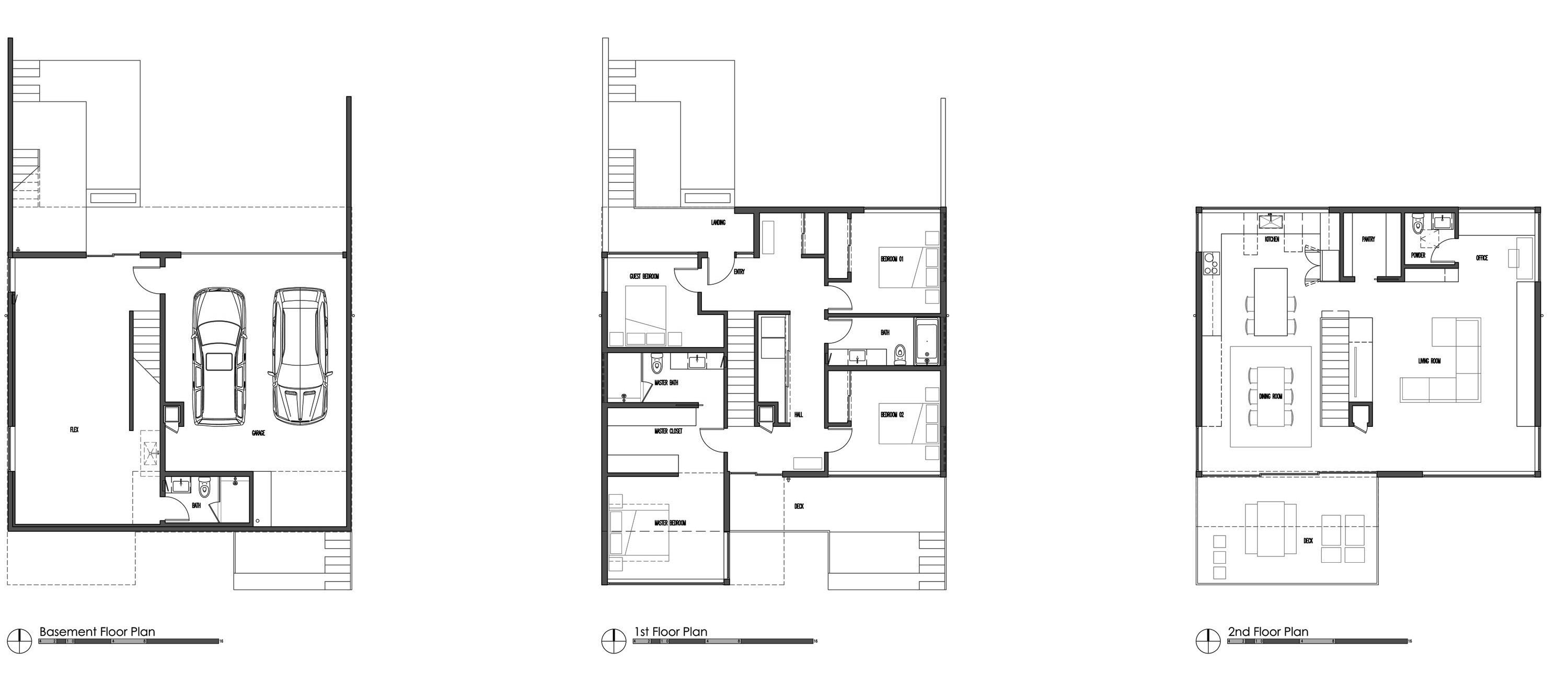
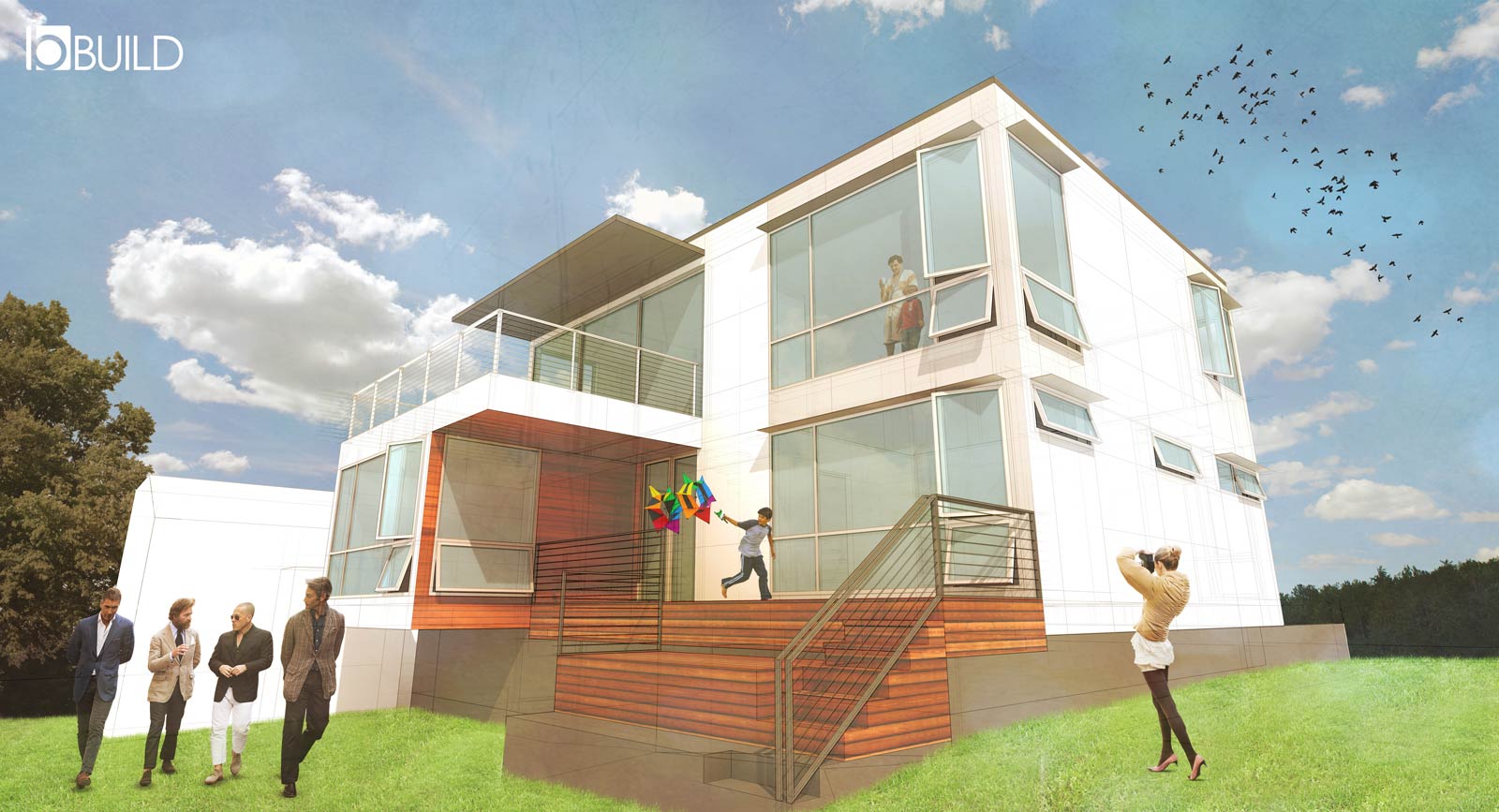
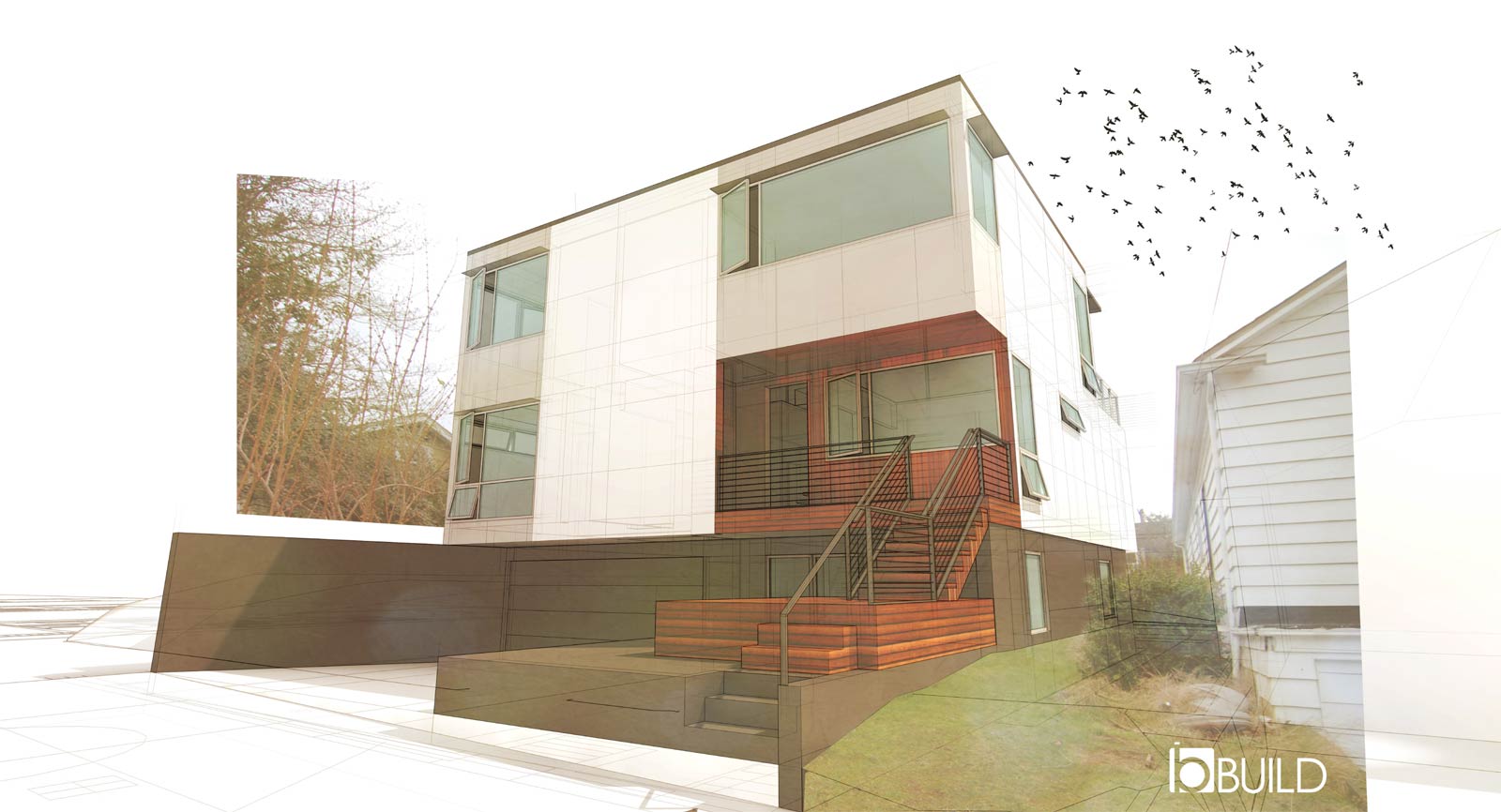
BEAUX ARTS VILLAGE RESIDENCE
Program: 4 bedrooms, 3 baths
Common Area: 1,096 SF
Total Conditioned Area: 3,211 SF
Garage Area: 505 SF
Notes: The main floor includes a 235 SF recreation room, the master bedroom includes a sitting area, a wider circulation space at the 2nd floor doubles as a study area.
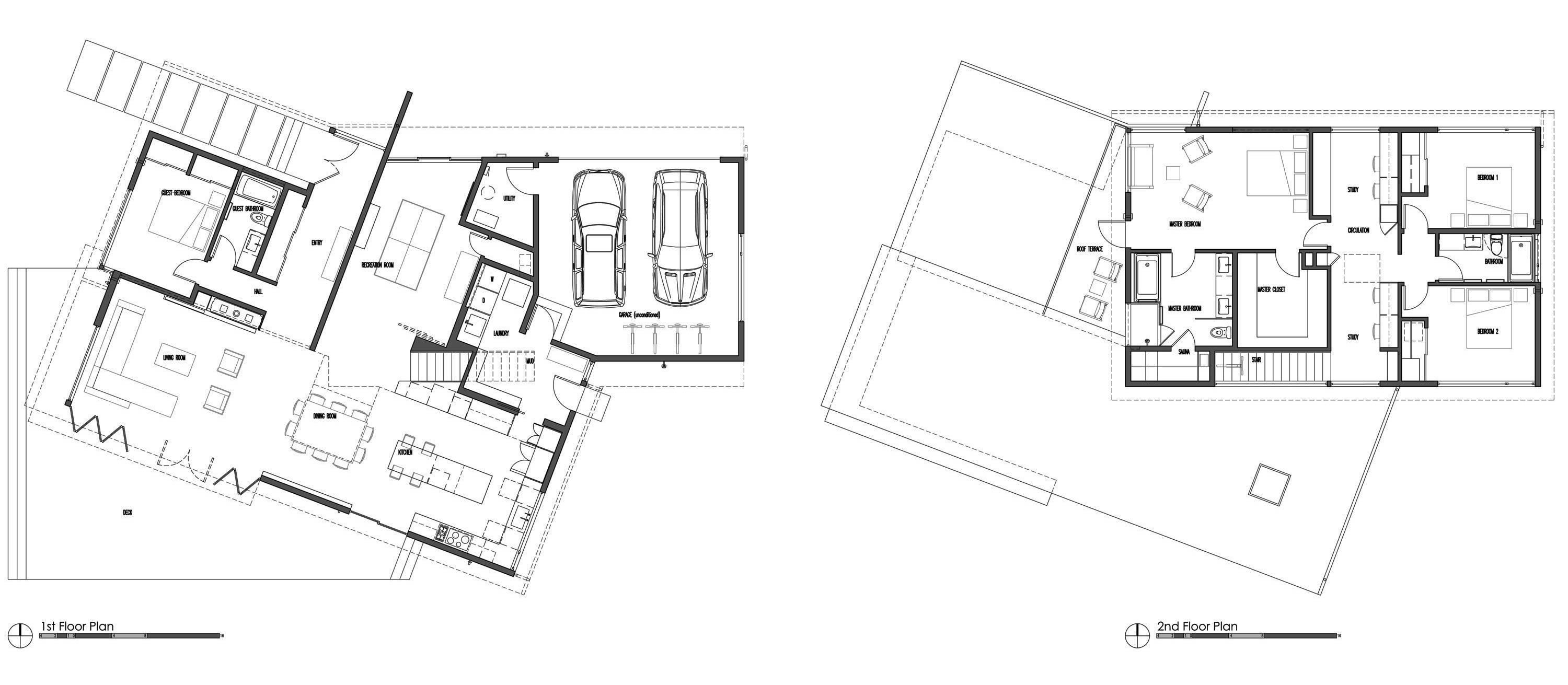
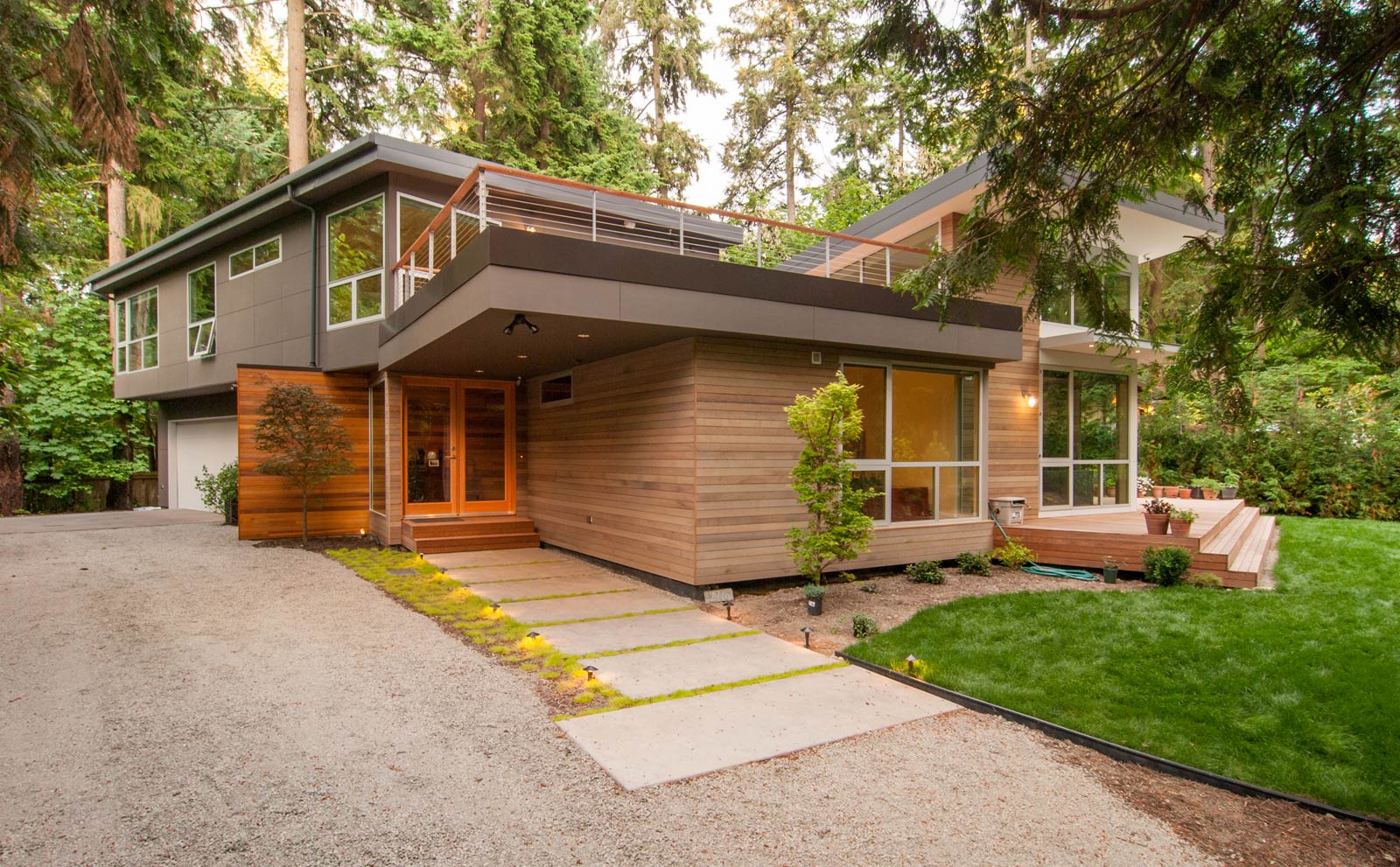
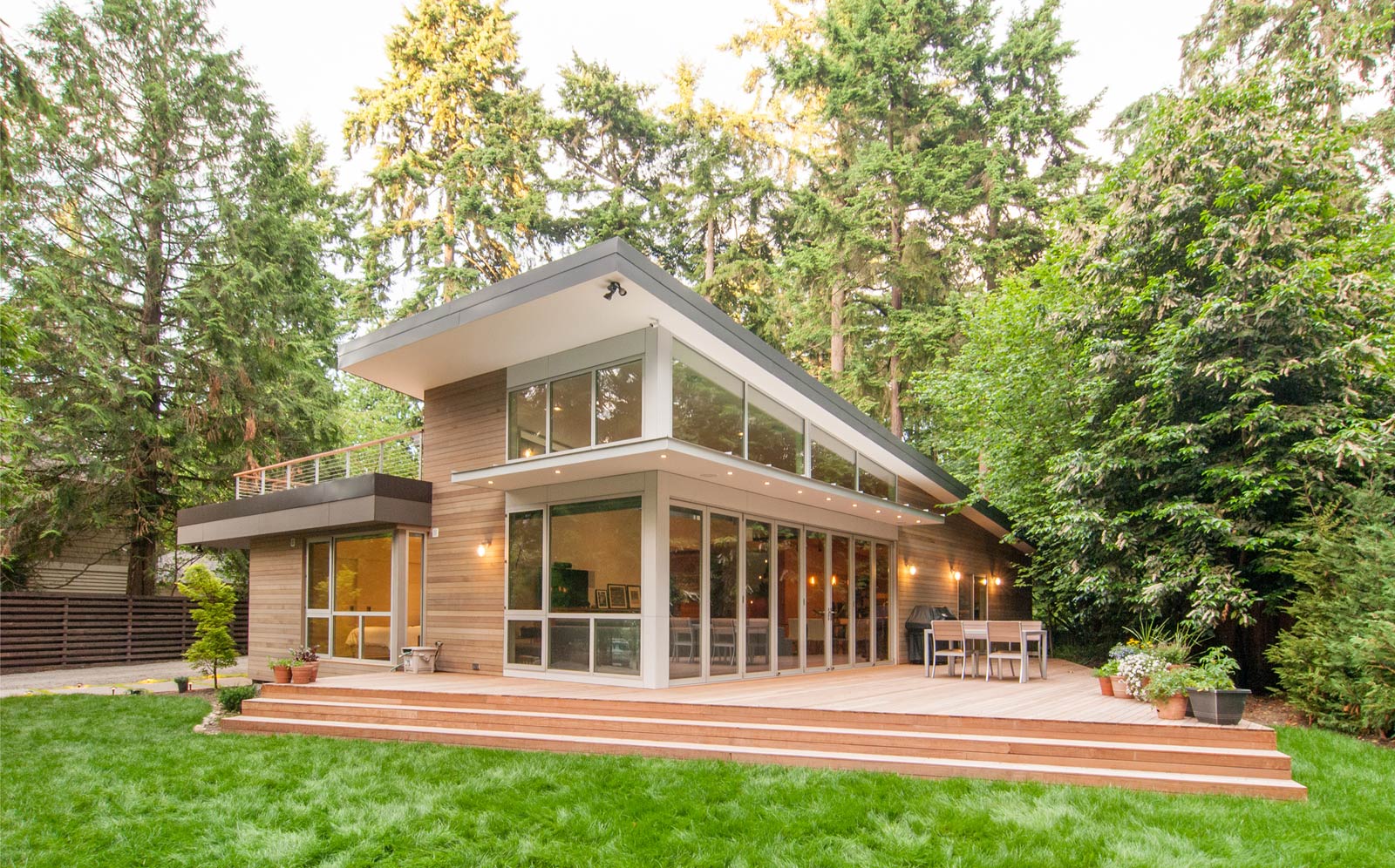
INNIS ARDEN MCM REMODEL
Program: 4 bedroom, 3.5 baths
Common Area: 1,587 SF
Total Conditioned Area: 3,646 SF
Garage Area: 630 SF
Notes: The garage is detached, the 1st floor includes a 157 SF family room, the basement includes a 512 SF play/media room and sauna.
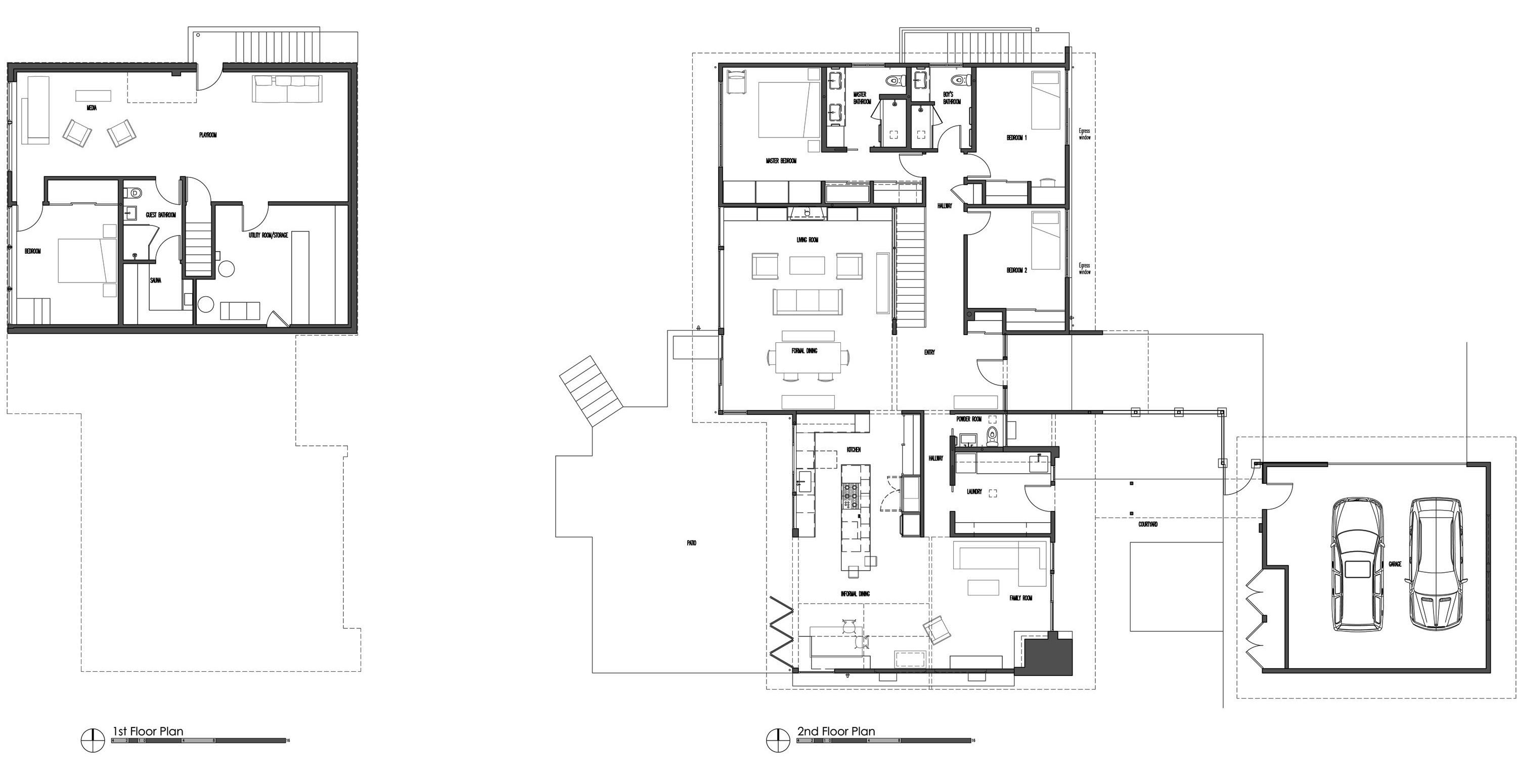
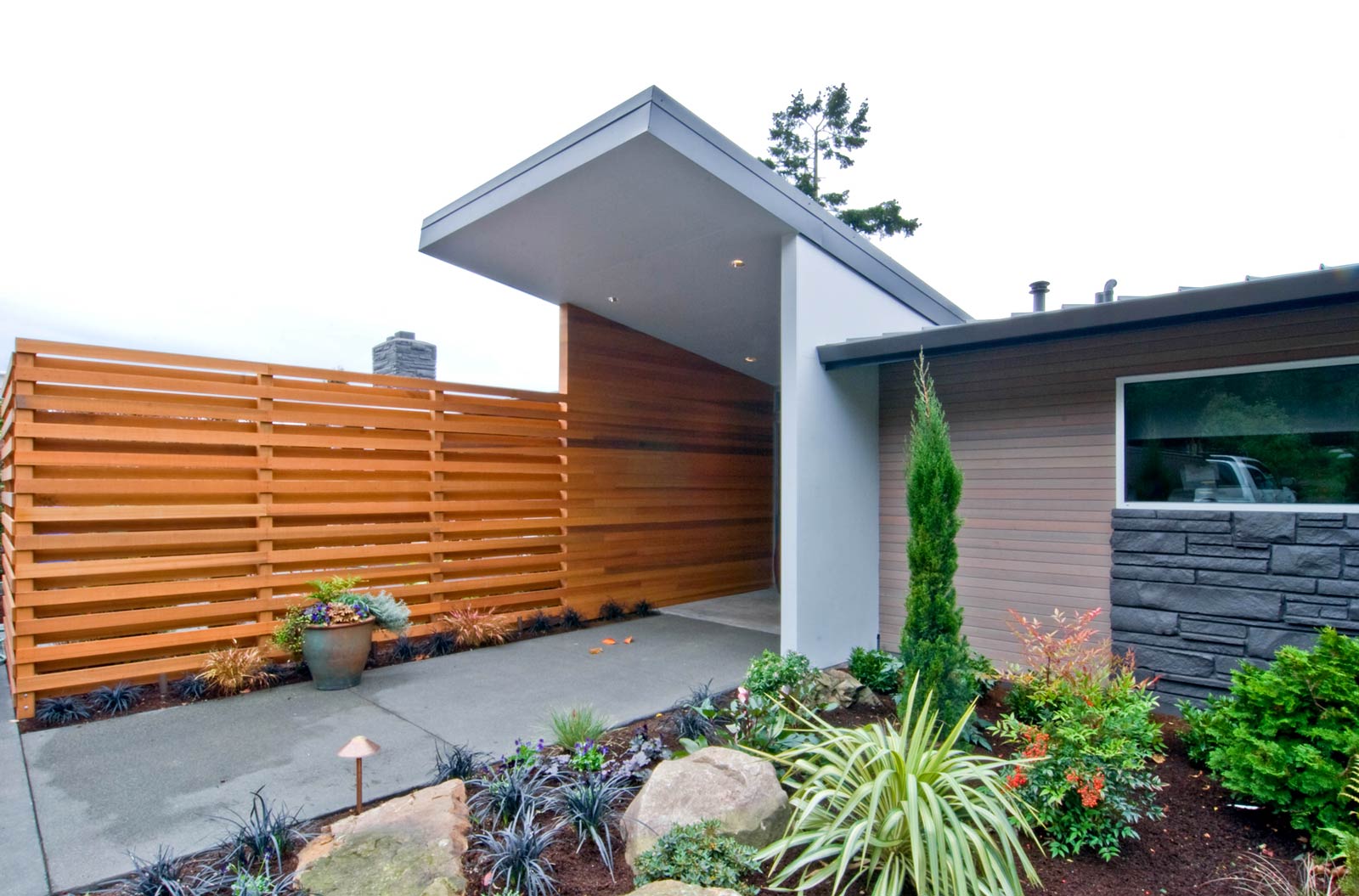
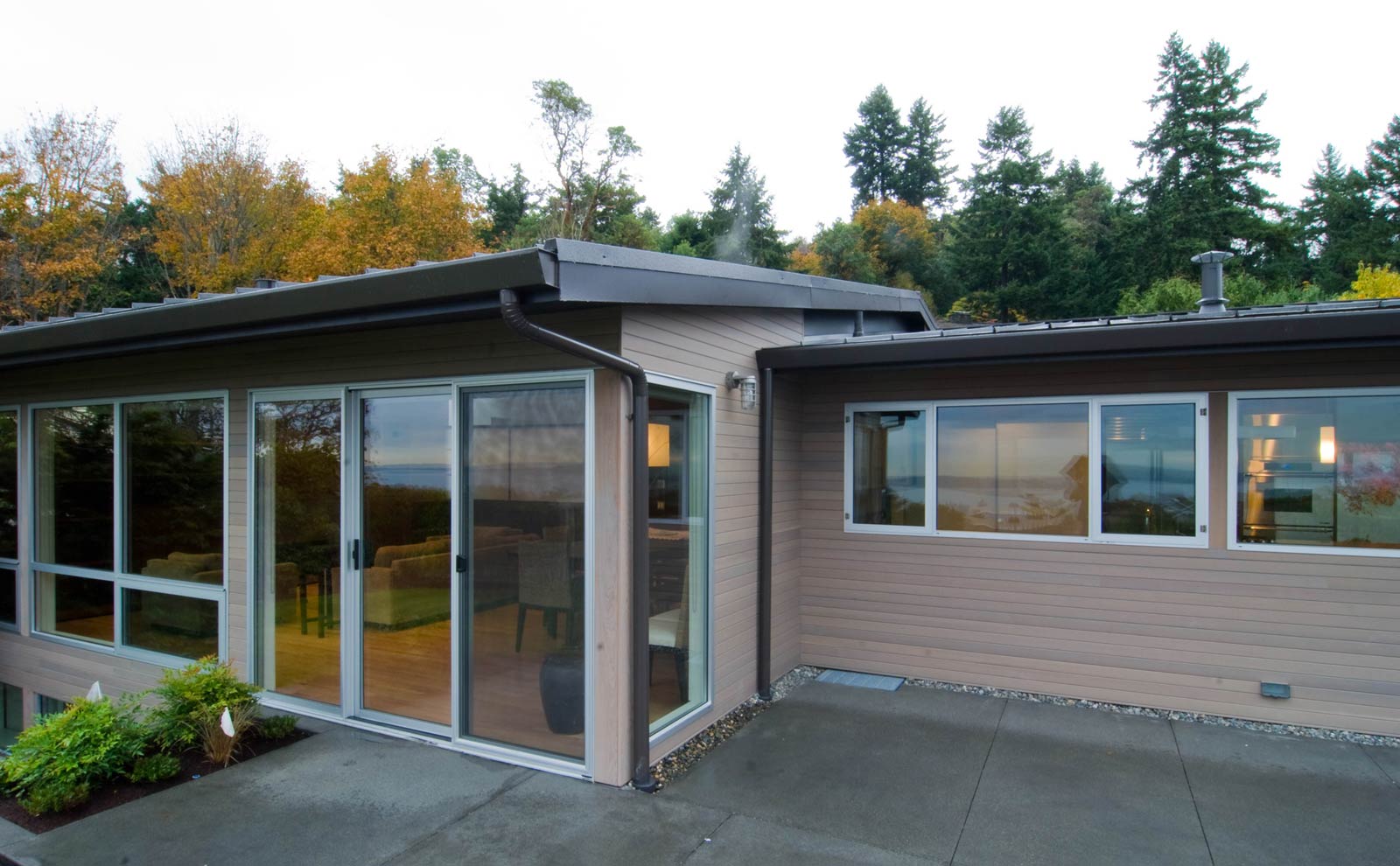
If you follow the BUILD Blog, you know that we like a good matrix, so here’s the square footage per floor comparison study:

While these floor plans illustrate a range of square footages, they record an accurate relationship between Program, Plan, and Square Feet. With any luck this study helps set the benchmark for understanding and communicating square feet numbers that relate to actual programs and plans.
Cheers from Team BUILD





